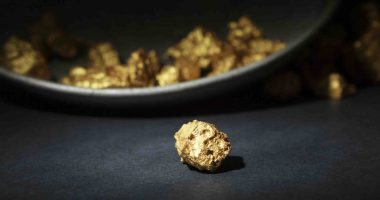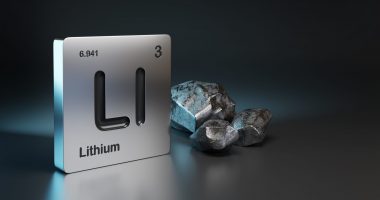- Downhole electromagnetic surveys at St George Mining’s (SGQ) Mt Alexander project in WA’s eastern Goldfields have revealed two prime targets
- The two targets were detected around 475 metres downhole in a previously undrilled area
- Other electromagnetic (EM) anomalies of similar strength across the Cathedrals Belt have been confirmed by drilling to be massive sulphides with high grades of nickel, copper, cobalt and platinum group elements
- A diamond drill rig is due to arrive on site by Friday to begin testing the stronger of the two new conductors
- Drilling will continue based on further drilling and EM data as it is received
- St George Mining is trading 16.67 per cent higher for 14 cents
Downhole electromagnetic surveys at St George Mining’s (SGQ) Mt Alexander project in WA’s eastern Goldfields have revealed two prime targets.
New conductors
The two targets were detected around 475 metres downhole in a previously undrilled area. The two conductors were modelled with conductivity of 49,000 and 16,200 Siemens respectively.
Other electromagnetic (EM) anomalies of similar strength across the Cathedrals Belt have been confirmed by drilling to be massive sulphides with high grades of nickel, copper, cobalt and platinum group elements (PGEs).
So far, the two EM plates identified remain open in all directions and will be drilled to fully test the scale of the potential deposits.
St George Executive Chairman John Prineas says the new discovery opens the Mt Alexander to new possibilities.
“The […] conductors are particularly exciting as they are the deepest conductors ever identified in the Cathedrals Belt and located 800 metres to the west of previously intersected massive sulphides on the Cathedrals Belt,” John said.
“The potential discovery of massive sulphides at these new conductors could be our most important discovery to date as it would confirm the continuity of the high-grade mineralisation at depth and upgrade the western extension of the Cathedrals Belt – which covers the 2.5-kilometre-long West End Prospect that straddles the major Ida Fault – as a fertile and highly prospective area for further mineralisation,” he concluded.
Next steps
A diamond drill rig is due to arrive on site by Friday to begin testing the stronger of the two new conductors.
The second conductor will also be tested, and drilling will continue based on results returned from other downhole EM surveys and drilling results from the two EM anomalies.
St George’s Executive Chairman is confident of the chances for new discoveries in the current program.
“With a 100 per cent success rate in testing these kinds of conductors in the Cathedrals Belt, we are confident that our next significant discovery of massive nickel-copper sulphides is imminent,” John said.
St George Mining is trading 16.67 per cent higher for 14 cents per share at 11:10 am AEDT.







